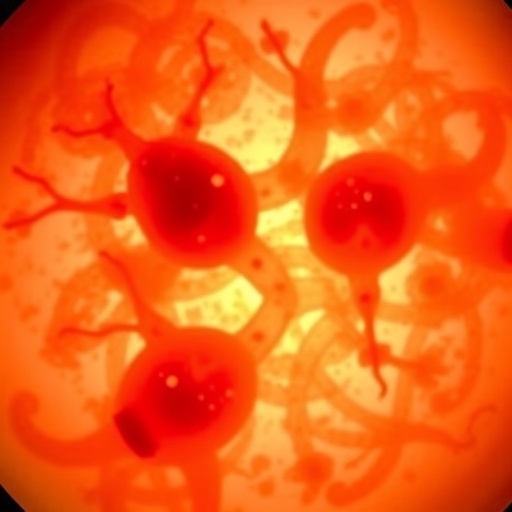Monday, June 5, 2017, Chicago, Ill.: After reviewing nearly 3.7 million patient records, Cleveland Clinic researchers have shown that newly diagnosed cancer patients are having to wait longer to begin treatment, a delay that is associated with a substantially increased risk of death.
This research was presented today at the ASCO Annual meeting and is abstract 6557: http://abstracts.asco.org/199/AbstView_199_185804.html.
The researchers used prospective data from the National Cancer Database and examined the number of days between diagnosis and the first treatment for those newly diagnosed with early-stage solid-tumor cancers from 2004 to 2013. The study population of 3,672,561 patients included breast, prostate, colorectal, non-small cell lung, renal and pancreas cancers.
The median time between diagnosis and treatment – referred to as "time to treatment initiation," or TTI – has increased significantly in recent years, from 21 days in 2004 to 29 days in 2013. Delays were more likely if patients changed treatment facilities or if they sought care at academic centers.
Longer delays between diagnosis and initial treatment were associated with worsened overall survival for stages I and II breast, lung, renal and pancreas cancers, and stage II colorectal cancers, with increased risk of mortality of 1.2 percent to 3.2 percent per week of delay, adjusting for comorbidities and other variables.
Prolonged TTI of greater than six weeks was associated with substantially worsened survival. For example, five-year survival for stage I non-small cell lung cancer was 56 percent for TTI of less than or equal to six weeks, versus 43 percent for TTI greater than six weeks, and for stage I pancreas cancer was 38 percent versus 29 percent, respectively.
"In addition to its impact on outcomes, delayed TTI can cause unnecessary stress and anxiety for patients," said Dr. Brian Bolwell, chairman of Cleveland Clinic Taussig Cancer Institute and senior author of the research. "Coordinating care is challenging, particularly in academic cancer centers, but once you take the time to identify all the hurdles, and address each of them, progress in TTI is attainable."
Cleveland Clinic cancer programs have made reducing TTI for cancer patients a priority, an effort that began two years ago. Overall TTI initially was similar to other major cancer centers, and it has decreased 17.5 percent overall, with its largest cancer programs (breast, colorectal and lung) showing the greatest reduction. The organization's goal is to reduce TTI further, to less than 20 days.
"Physicians need to commit to multidisciplinary care and create integrated practice units that focus on patients," said Dr. Alok Khorana, gastrointestinal oncologist at Cleveland Clinic and first author of the research. "TTI needs to be measured and emphasized, and we must understand what is significant to each individual patient and not assume we already know."
###
About Cleveland Clinic
Cleveland Clinic is a nonprofit multispecialty academic medical center that integrates clinical and hospital care with research and education. Located in Cleveland, Ohio, it was founded in 1921 by four renowned physicians with a vision of providing outstanding patient care based upon the principles of cooperation, compassion and innovation. Cleveland Clinic has pioneered many medical breakthroughs, including coronary artery bypass surgery and the first face transplant in the United States. U.S. News & World Report consistently names Cleveland Clinic as one of the nation's best hospitals in its annual "America's Best Hospitals" survey. Among Cleveland Clinic's 51,000 employees are more than 3,500 full-time salaried physicians and researchers and 14,000 nurses, representing 140 medical specialties and subspecialties. Cleveland Clinic's health system includes a 165-acre main campus near downtown Cleveland, 10 regional hospitals, more than 150 northern Ohio outpatient locations – including 18 full-service family health centers and three health and wellness centers – and locations in Weston, Fla.; Las Vegas, Nev.; Toronto, Canada; Abu Dhabi, UAE; and London, England. In 2016, there were 7.1 million outpatient visits, 161,674 hospital admissions and 207,610 surgical cases throughout Cleveland Clinic's health system. Patients came for treatment from every state and 180 countries. Visit us at clevelandclinic.org. Follow us at twitter.com/ClevelandClinic.
Editor's Note: Cleveland Clinic News Service is available to provide broadcast-quality interviews and B-roll upon request.
Media Contact
Katrina Healy
[email protected]
216-386-0955
@ClevelandClinic
http://www.clevelandclinic.org
############
Story Source: Materials provided by Scienmag




